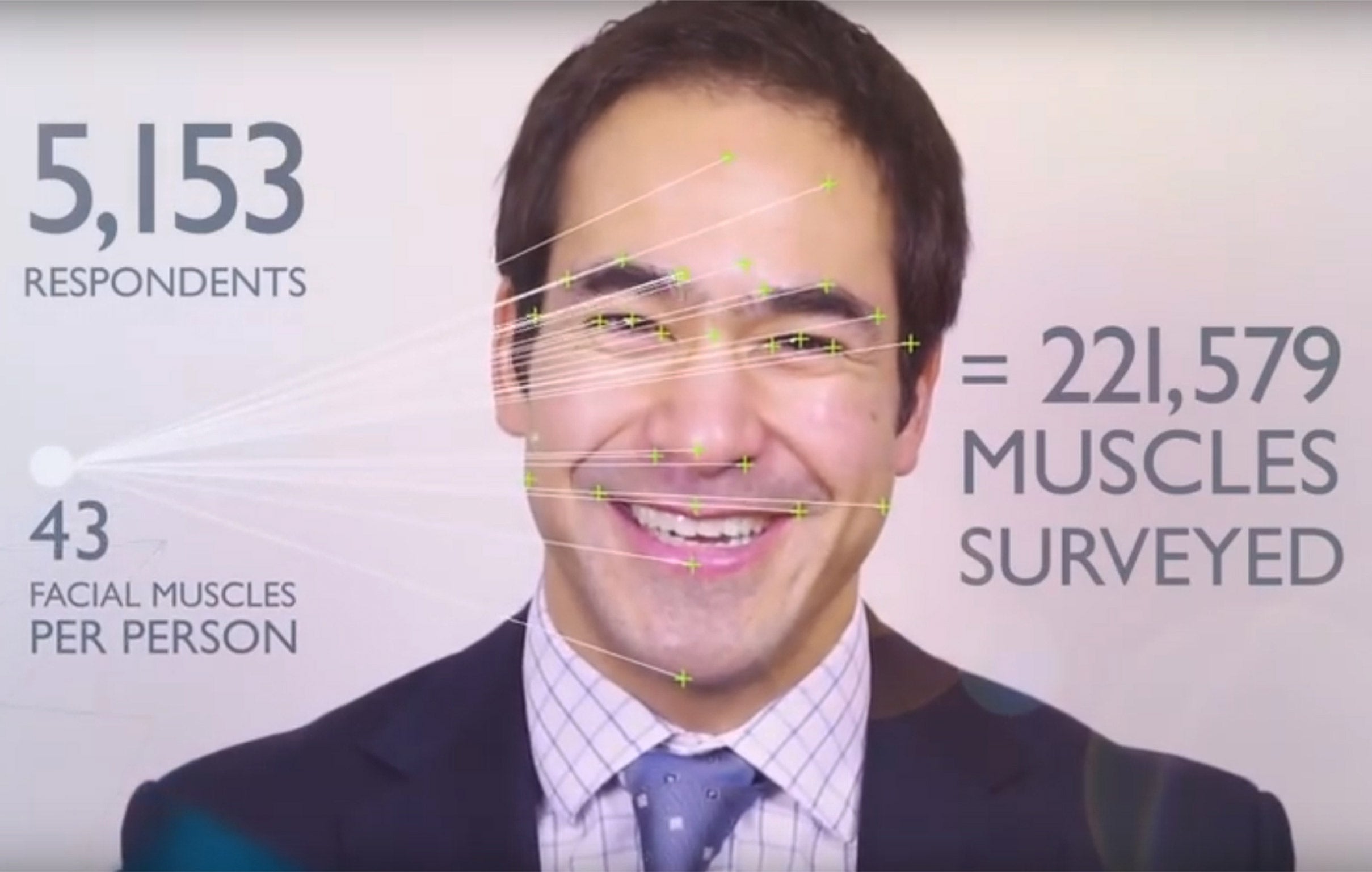BBC to use face-scanning technology to shed light on viewers' tastes
Successful trial of CrowdEmotion enabled the BBC to find how 'how people truly felt about the content they were viewing'

The BBC is pressing ahead with plans to utilise new facial coding technology – revealing viewers’ subconscious “emotional attachment” to programmes – after running successful trials.
Developed by a British start-up, CrowdEmotion, the technology uses cameras to record individuals’ expressions and actions.
Facial movements are recorded on a second-by-second basis and the results are divided into six possible emotions: sadness, puzzlement, happiness, fear, rejection and surprise.
The cameras allow researchers to measure the often subconscious responses people have to visual content.
CrowdEmotion is working with the Insight division of BBC Worldwide, the corporation’s commercial wing, on projects which could be used to help the BBC gauge how viewers react to particular programmes.
A pilot experiment, measuring 5,000 people’s conscious and subconscious emotional responses to marketing campaigns on the BBC.com website – from clients including HSBC – has proved a success, BBC Worldwide said.
The BBC wanted to discover if audiences would respond more positively to content which was clearly labelled as originating from a commercial brand.
Facial coding showed a 77 per cent increase in “explicit positivity” towards the brand’s advertising and a 14 per cent increase in “subconscious positivity” when it was clearly marked as sponsored content.
The BBC’s advertising division said the technology “enabled us to find out the emotional response of each person and how they truly felt about the content they were viewing, rather than just relying on traditional analytics such as dwell time and page views”.
A separate BBC Worldwide study with CrowdEmotion installed 200 web cams in homes across the UK, capturing viewer reactions to shows including Sherlock. The BBC said the experiment also produced valuable results.
Further tests have taken place with audiences in Russia and Australia, with responses to around 100 different programmes recorded.
The viewer trial prompted concerns that the BBC would use the webcam technology to “spy” on people’s living rooms and assess how diligently they were watching programmes. But the BBC believes facial coding will help it to serve audiences merely by gaining a greater understanding of their tastes.
Rather than tailoring new programmes to match the results of the experiment, the insights would be used to guide viewers towards more shows they might like, informed by their conscious and subconscious reactions.
CrowdEmotion, supported by the BBC Worldwide Labs programme, aims to become the largest dedicated facial coding provider in the world. The BBC programmes trial gave the company a data set of 10,000 “face videos”.
Join our commenting forum
Join thought-provoking conversations, follow other Independent readers and see their replies
Comments
Bookmark popover
Removed from bookmarks